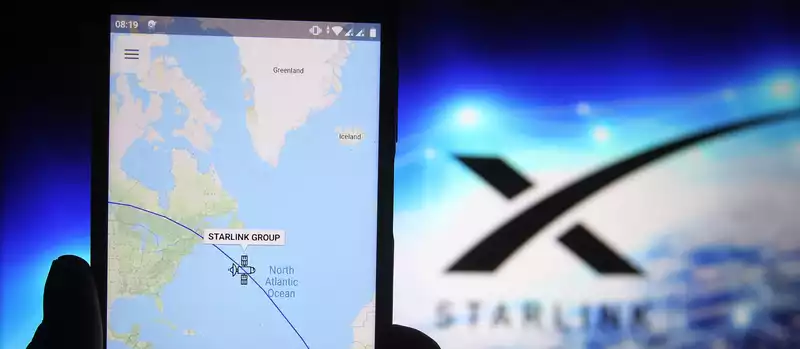NASA and SpaceX have signed a special information-sharing agreement to ensure that the Stalink satellite will not collide with other objects floating in Earth orbit.
The 13-page agreement, which incorporates a standard Conjunction Assessment (CA) process, will allow for deeper cooperation between the National Aeronautics and Space Administration and SpaceX. The agreement is a non-reimbursable agreement, is not for-profit, and is designed to be mutually beneficial.
The agreement is structured around NASA maintaining the planned orbit and the Starlink satellite being set to autopilot around NASA objects. On the rare occasion that Starlink is unable to maneuver, NASA will do what it can to avoid a collision.
"Accuracy and timeliness of communications between the two is critical to maintaining safe operations in orbit.
Since Elon Musk plans to send 12,000 satellites into space to create this massive Low Earth Orbit (LEO) satellite constellation, ensuring that the various orbits do not cross is critical to its survival. Currently, SpaceX has sent 1,325 Starlink satellites into orbit.
NASA also provides technical support to Starlink, particularly with respect to photometric brightness (reflectance of flat or uniform surfaces) limitations.
SpaceX must notify NASA if a Starlink satellite is within 5 km below or above the International Space Station (ISS). This is, of course, to prevent a collision with the ISS, which would be dangerous because of the possibility of humans on board.
NASA places a lot of burden on SpaceX to ensure that a collision does not occur. And given that all LEO satellite constellation companies have gone bankrupt, safety and profitability are at the forefront of Elon Musk's mind. [At this time, Starlink only covers the high latitudes of North America, specifically the area between 44°N and 52°N, including all of Washington, Montana, and North Dakota, most of South Dakota and Minnesota, and most of Canada. However, Starlink hopes to cover most of the world by the end of 2021, and SpaceX expects the Starlink Internet constellation to be completed within the next year.










Comments